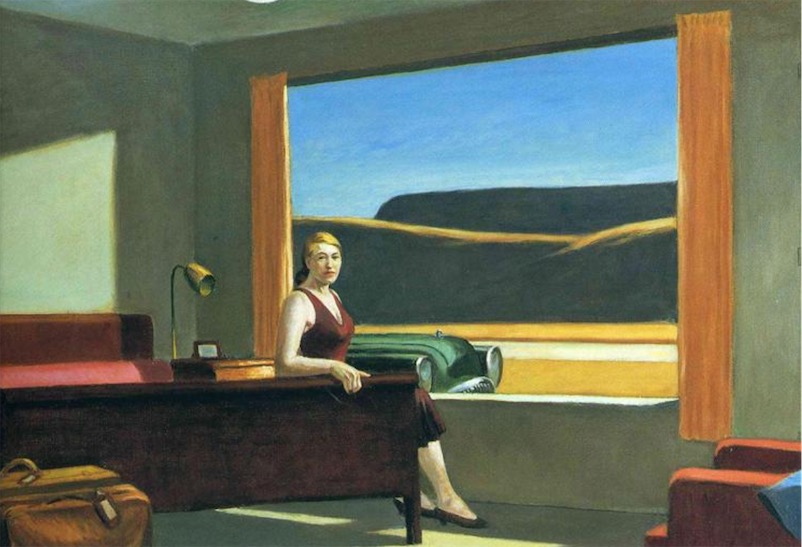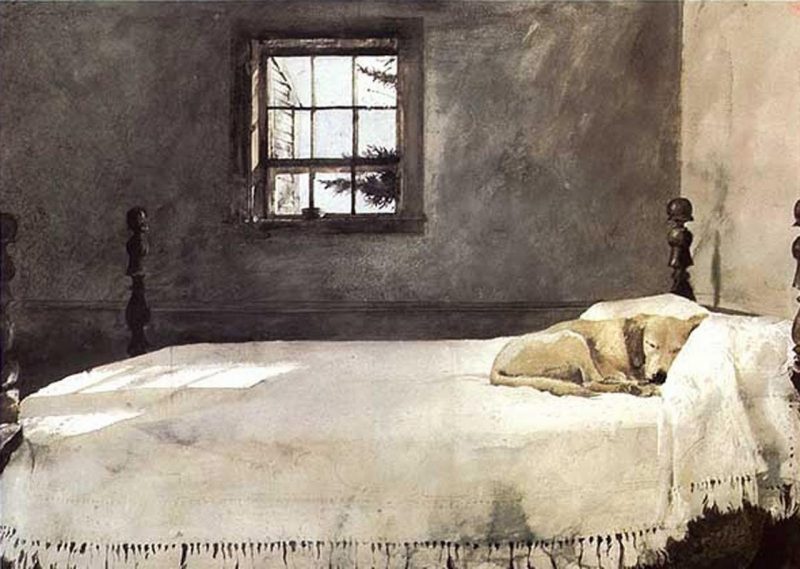“Were they the last representatives of a special kind of public intellectual?” asks John Mullen in the Guardian. He writes of Clive James and Jonathan Miller, two figures who exemplified “the polymath as entertainer.” The Australian-born James became famous on the back of the television criticism that turned him into a television fixture himself. The combined TV critic and TV host also played the same dual role in the realm of poetry, and as his life and career went on — and his bibliography greatly expanded — it came to seem that there were few forms, traditions, time periods, or languages his cultural omnivorousness didn’t reach. Trained as a doctor before he redefined British comedy as a member of Beyond the Fringe, Miller retained his scientific interests, using his fame to write books and present a television show on anatomy, psychology, and language, and much more besides.
Since the deaths of both James and Miller were announced last Friday, the outpouring of tributes (most of them lamenting the seeming loss, in our time, of high-profile roles for entertaining polymaths free to move between “high” and “low”) has been accompanied by a renewed enthusiasm for both men’s considerable bodies of work.
Despite having known each other, James and Miller seem never to have explicitly collaborated on anything — except, that is, an episode of Talking in the Library, an early example of what we would now call an interview web series. Produced from 2006 to 2008, the show has James pioneering a form that has now become standard among podcasters: recording the conversations he wanted to have with his friends anyway.
In James’ case, his friends include the likes of not just Miller but Martin Amis, Ruby Wax, Ian McEwan, Stephen Fry, and Terry Gilliam. With Miller, James spends the half-hour talking science, and specifically neuroscience. Miller, who specialized in neurology while studying medicine (and who counted Oliver Sacks as a close friend since age 12), returned to the subject in the early 1980s for his book and BBC series States of Mind. Not long thereafter he returned at the age of 50 to his medical studies, diving into neuropsychology at McMaster University and becoming a research fellow at the University of Sussex.
Though James abandoned his own university studies in psychology by 1960, his curiosity about the workings of the human brain — and how it could produce all the art, literature, film, and indeed television to whose appreciation he dedicated his life — never abandoned him, as evidenced by the eagerness with which he asks questions of his more neuroscientifically savvy friend. “The brain is the most complicated thing in the universe,” says Miller, “so complicated, in fact, that by contrast the universe itself it not much more complicated than a cuckoo clock.” Fair to say that both Miller and James had the good luck to possess more complicated, or at least more interesting, brains than average — and that it’s our good luck to be able to enjoy their work in perpetuity.
Related Content:
Atheism: A Rough History of Disbelief, with Jonathan Miller
The Drinking Party, 1965 Film Adapts Plato’s Symposium to Modern Times
Join Clive James on His Classic Television Trips to Paris, LA, Tokyo, Rio, Cairo & Beyond
Your Brain on Art: The Emerging Science of Neuroaesthetics Probes What Art Does to Our Brains
Based in Seoul, Colin Marshall writes and broadcasts on cities and culture. He’s at work on a book about Los Angeles, A Los Angeles Primer, the video series The City in Cinema, and the crowdfunded journalism project Where Is the City of the Future? Follow him on Twitter at @colinmarshall or on Facebook.












